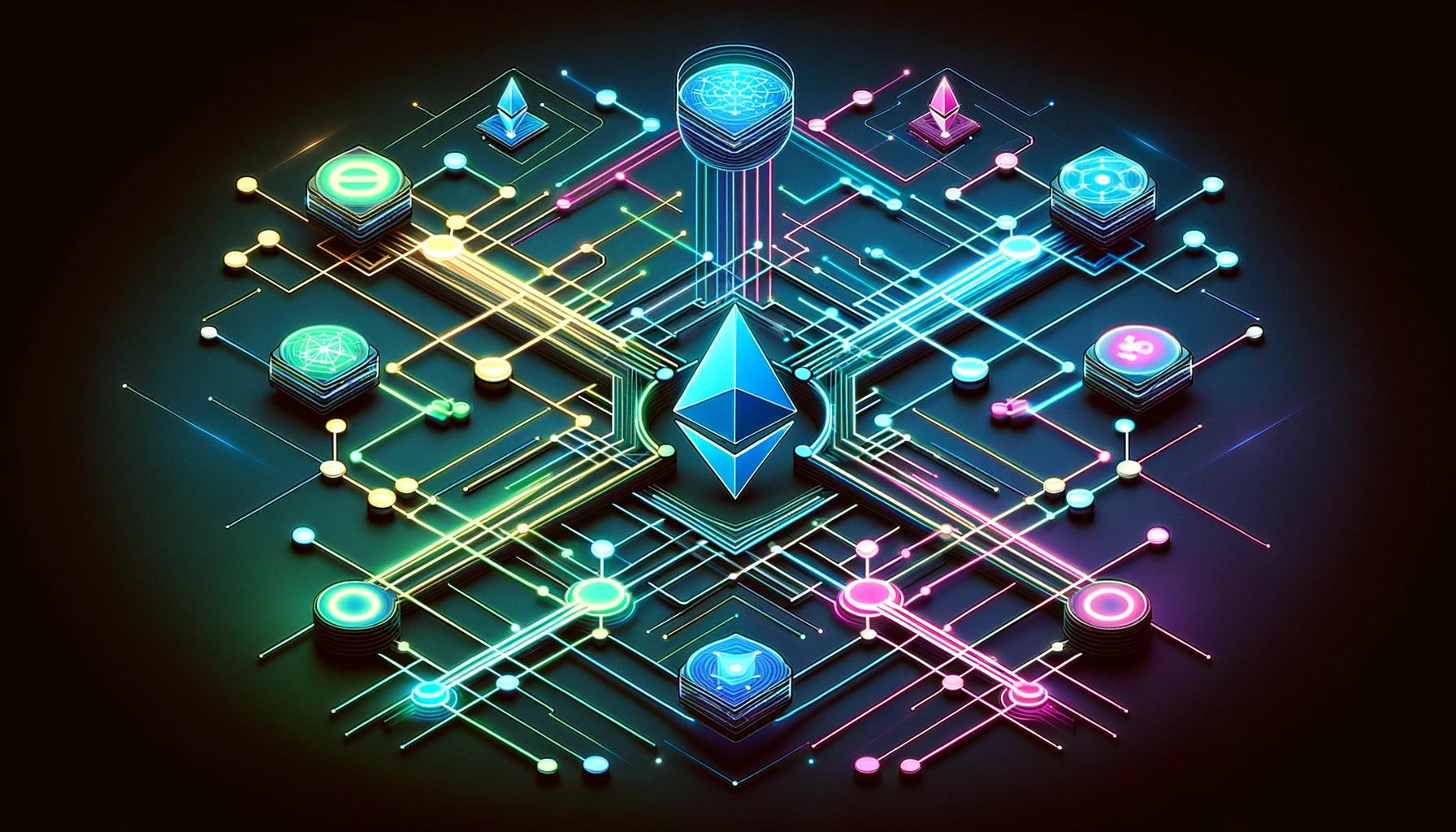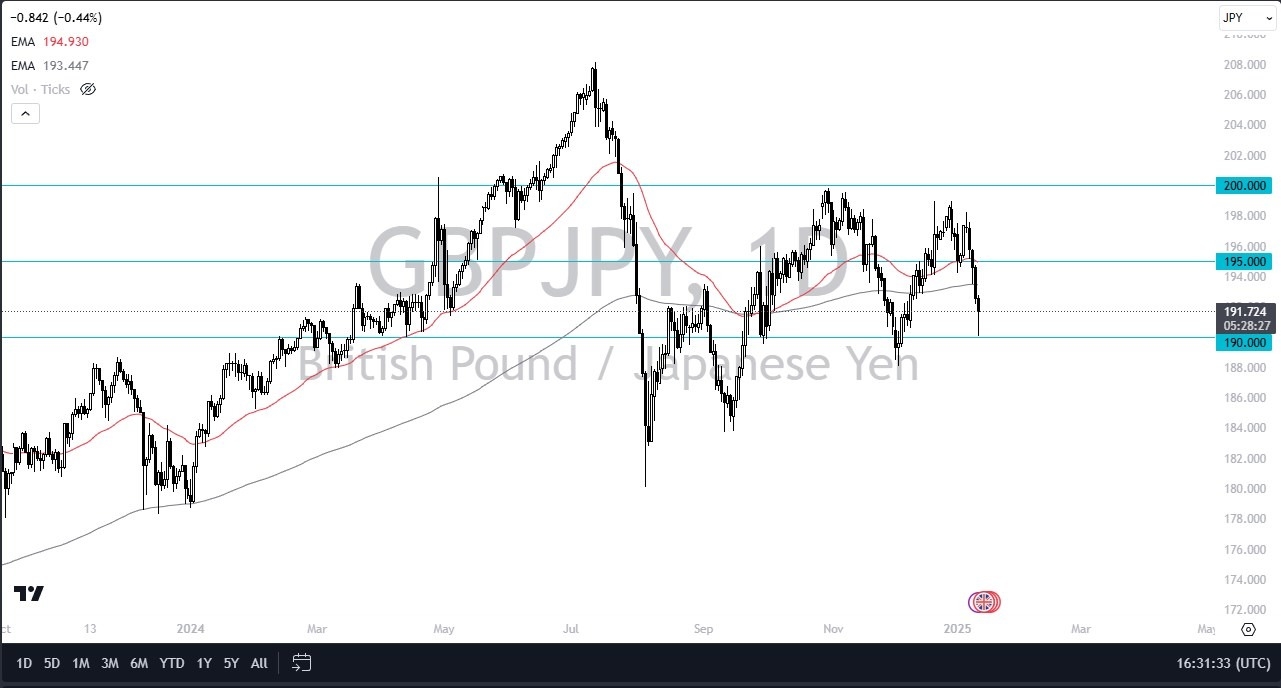Category: NFT News
Astar Launches zkEVM Mainnet Boasting Ethereum Interoperability Via Polygon AggLayer
Astar zkEVM is the second chain supporting AggLayer after Polygon zkEVM.
Astar Network, a leading project in the Polkadot ecosystem, has expanded onto Ethereum with the mainnet launch of its zkEVM Layer 2 validium rollup.
Astar launched its zkEVM on March 6, with the network leveraging Polygon’s Chain Development Kit (CDK) — a modular open-source toolkit for building Layer 2 networks leveraging zero-knowledge (ZK) proofs.
Astar zkEVM is also the first third-party network to integrate with Polygon’s AggLayer — a cross-chain interoperability protocol facilitating atomic swaps among Ethereum’s mainnet and Layer 2 networks. Polygon’s zkEVM rollup also supports AggLayer.
Through AggLayer, Astar described its zkEVM as driving groundbreaking interoperability between the Polygon, Ethereum, and Astar ecosystems. “This begins unifying state and liquidity and starts cross-chain interoperability between three major ecosystems: Polygon, Ethereum, and Astar Network,” Astar said.
“Today is an important first step to welcome communities to a seamless multi-chain ecosystem,” said Sandeep Nailwal, co-founder of Polygon. “With Astar and numerous other ZK-powered chains onboarding soon, Polygon CDK and AggLayer are poised to bring internet-scale capabilities to the world of crypto.”
Astar Network is a Layer 1 Polkadot Parachain hosting more than $700 million worth of assets. Its ASTR token is also the largest parachain token with a market cap of $864.5 million, according to CoinGecko.
ASTR last changed hands for $0.154, marking a 24-hour drawdown of 1.5% but a 280% gain since mid-October.
Polygon AggLayer
The launch of zkEVM expands Astar’s presence outside of Polkadot and into the Ethereum ecosystem through its adoption of Polygon’s AggLayer.
Polygon launched AggLayer in early February, describing the protocol as bypassing the centralization risks associated with conventional blockchain bridges.
AggLayer also eliminates the frictions and withdrawal delays with transferring between networks within Ethereum’s ecosystem without bridges — which otherwise would require users to transfer to and from the Ethereum mainnet when moving assets between Layer 2s.
“Each chain will have a local copy of the unified bridge root, enabling cross-chain transactions that don’t require withdrawing to Ethereum or the security risks of third-party bridges,” Polygon said. “Not only can users transfer assets between chains (bridge), but they can also trigger contracts on a different chain after the asset has arrived (call)… within a single transaction.”
For example, Astar zkEVM users can interact with smart contracts on Polygon zkEVM via AggLayer to make trades via decentralized exchanges or NFT marketplaces in a single transaction. “From the end user’s perspective, this will feel like using a single chain,” Polygon said.
Polygon also emphasized the benefits AggLayer offers to developers, highlighting that “users can interact with dApps without needing to know that they are accessing another chain.”
Polygon acknowledged that AggLayer users will initially experience some latency when transacting via the protocol, but added it is prioritizing the development and release of a second version of AggLayer that increases the speed of transaction finality by 2025.
Source link
Written by : Editorial team of BIPNs
Main team of content of bipns.com. Any type of content should be approved by us.
Share this article:









